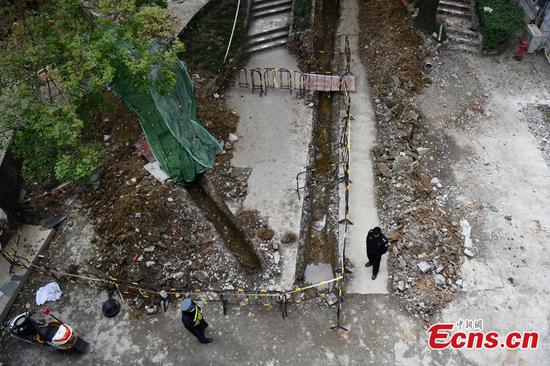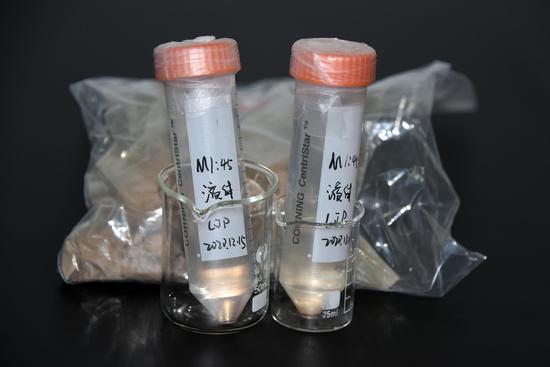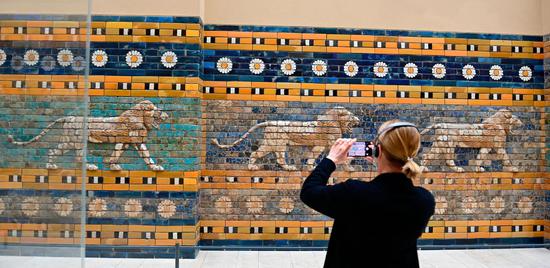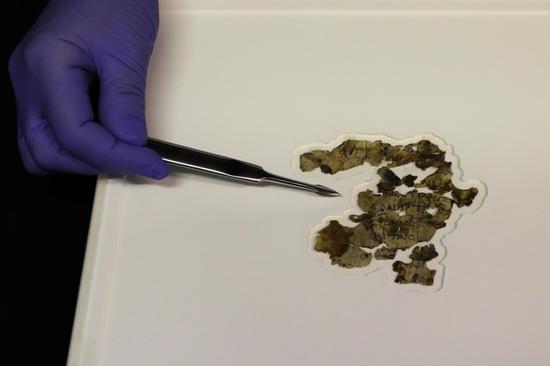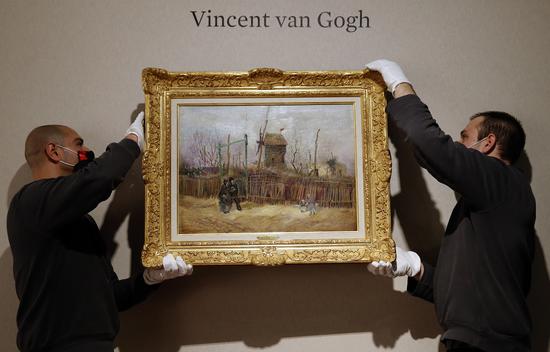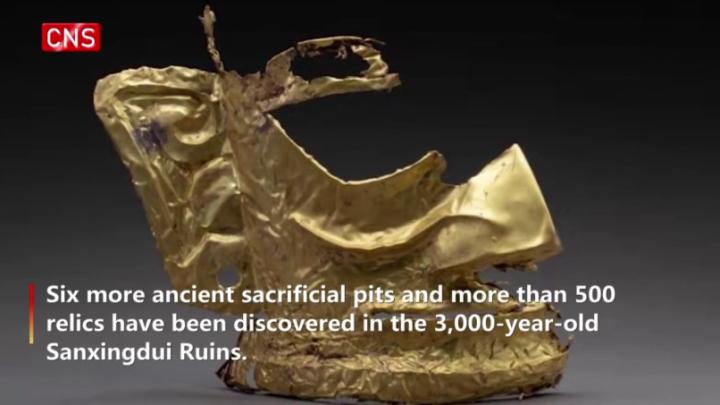(ECNS) -- Chinese archaeologists unveiled some of the newly excavated artifacts from the Sanxingdui Ruins site on Saturday.
Situated in the city of Guanghan, the Sanxingdui Ruins site is considered one of the most significant ancient remains found in the 20th century.
Six more ancient sacrificial pits and more than 500 relics have been discovered in the 3,000-year-old Sanxingdui Ruins.
Cutting-edge technologies were applied to the excavation, making the whole process delicate and standardized.
Labs for emergency detection and analysis and rooms for emergency protection of relics with light traces were set up beside the archaeological cabins.
Stuff in white protective suits carefully covered the cultural relics that have not been excavated in the pit with a protective film to prevent them from being oxidized due to insufficient humidity.
34 top-level Chinese scientific research units have joined the excavation of the six ancient sacrificial pits.
The archaeological excavation is marked by temporary labs in the excavation site, coordinated work among multi-fields experts and disruptive technologies, according to Xie Zhenbin, director of Cultural Protection Center of the Sichuan Provincial Cultural Relics and Archeology Research Institute.
Our archaeological emergency protection platform has integrated many technologies, such as archaeological excavation of cultural relics, recognition and exhibition of cultural relics, information technology, environmental monitoring, environmental regulation, etc, Xie said.
Up to now, they have applied for many patents.
A multi-functional archaeological operation platform was also used at the excavation site.
It enables archaeologists to clean up fragile cultural relics without entering the pits and take them out. It can also carry out hyperspectral analysis and three-dimensional scanning information collection, Xie said.
RIGHT BG

















